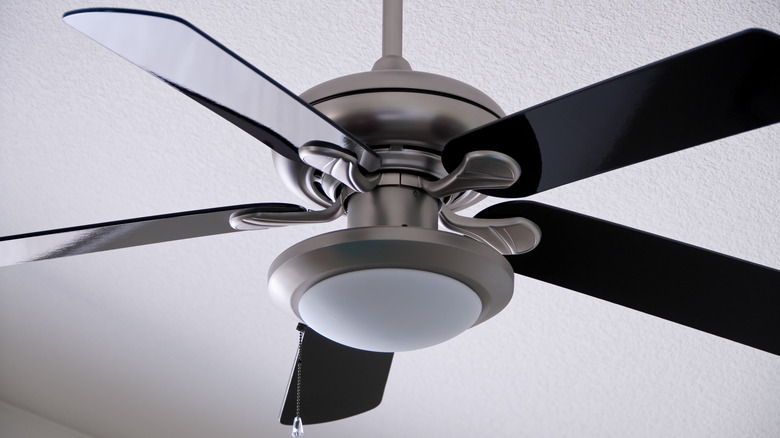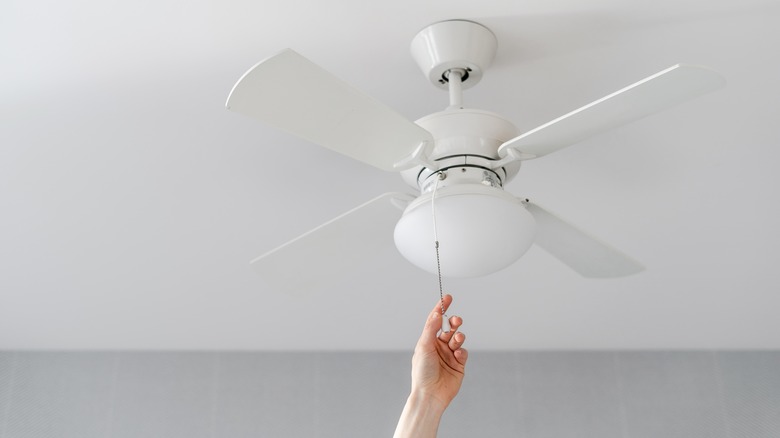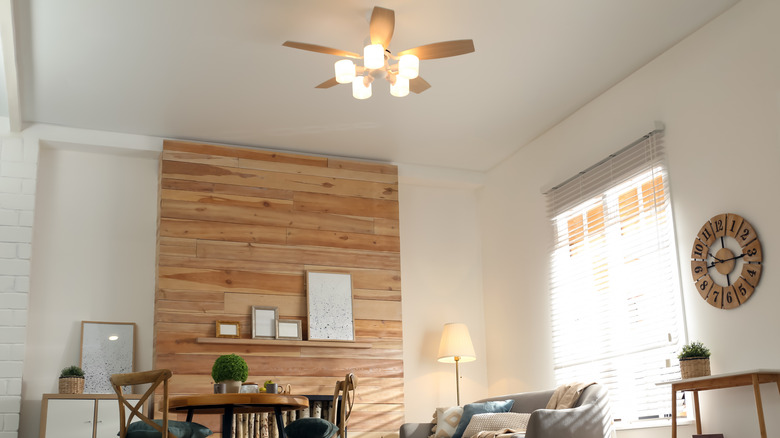How Many Ceiling Fan Blades Do You Need? A Helpful Guide
If you're considering buying a ceiling fan, you may be surprised to learn that there are many options out there. Choosing a great ceiling fan is more than just picking a stylish design. To find the best ceiling fan for your space, you also need to consider how well the ceiling fan circulates air in your home and keeps you cool. One thing that significantly affects a ceiling fan's functionality is how many blades it has, so you'll want to determine how many a fan needs before making a purchase. Ceiling fans typically have between three and five blades on them, but many homeowners don't know exactly how the number of blades affects their operation. '
Believe it or not, ceiling fans with more blades are typically quieter than those with fewer blades. Those with more blades drag on the motor a bit more and don't circulate air quite as efficiently. Ceiling fans with fewer blades circulate the air with more power, so they're ideal for larger spaces. Meanwhile, fans with more blades create a calmer breeze and are better for smaller rooms. Despite the number of blades affecting ceiling fan operation, the differences aren't as significant as they once were. The motor and technology behind the ceiling fan are more important these days in impacting its efficiency and determining how quiet it is.
Factors that affect ceiling fan performance
You should primarily consider the technology behind the ceiling fan you choose for your home. Performance-grade fans will be more expensive but are usually the best choice, allowing for efficient, quiet operation and continuous use. Medium-grade fans offer good functionality but aren't as powerful and should be used less than 12 hours daily. Economy-grade fans should run no more than eight hours per day but are affordable and may be a good choice for smaller spaces. The size of the fan also matters. The fan should be appropriate for the room size to maximize efficiency. Blade pitch can also have an impact. The angle of the fan blade will affect how well the air circulates in a room. Most are already designed correctly, but you may need to adjust some after purchasing.
For the most part, the number of blades you choose is about aesthetic appeal. Opt for a fan that looks appealing to you and suits your space. You may prefer the look of a three- or five-blade ceiling fan, or you may want to buy a four-blade ceiling fan for a more symmetrical appearance. Ceiling fans come in many different styles. Keep in mind that ceiling fans with more blades tend to have a more traditional appearance. On the other hand, many contemporary ceiling fans can beautifully complement any space with fewer blades and sleeker designs. This may make them better suited for modern homes.
Benefits of installing ceiling fans
There are some great advantages to installing a ceiling fan at home. One of the best benefits is that it can help to improve energy efficiency and reduce your reliance on your HVAC system. Ceiling fans do a great job of distributing air in a home and can make it feel cooler in the summer months. However, you may not realize that changing the direction that your ceiling fan spins in the winter can also be useful. A ceiling fan can distribute and circulate warm air in the winter to ensure heat reaches your entire home.
Using a ceiling fan can help improve the environment since you'll lessen your reliance on an HVAC system that uses harmful refrigerant, as well as reducing your carbon footprint and greenhouse gas emissions to make your home more sustainable. In addition to their functionality and environmental benefits, ceiling fans can also help boost aesthetic appeal. They can be a stylish addition to a living room or another area of the home and can bring some extra interest to a room. There are many options out there, so a ceiling fan can fit in well with any home design.


